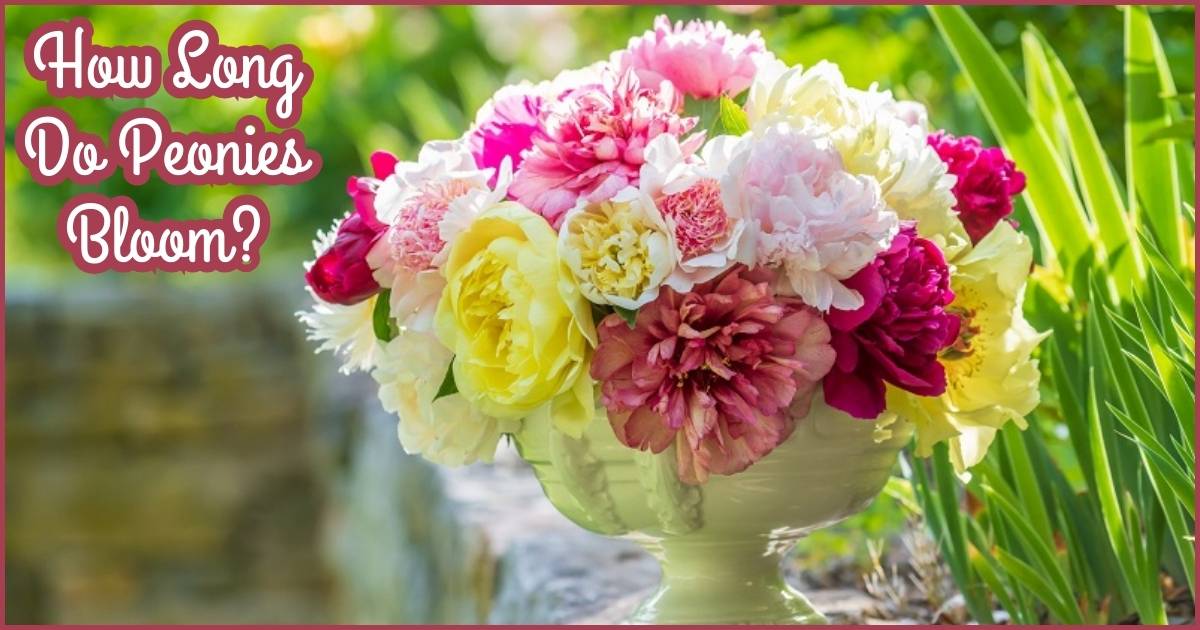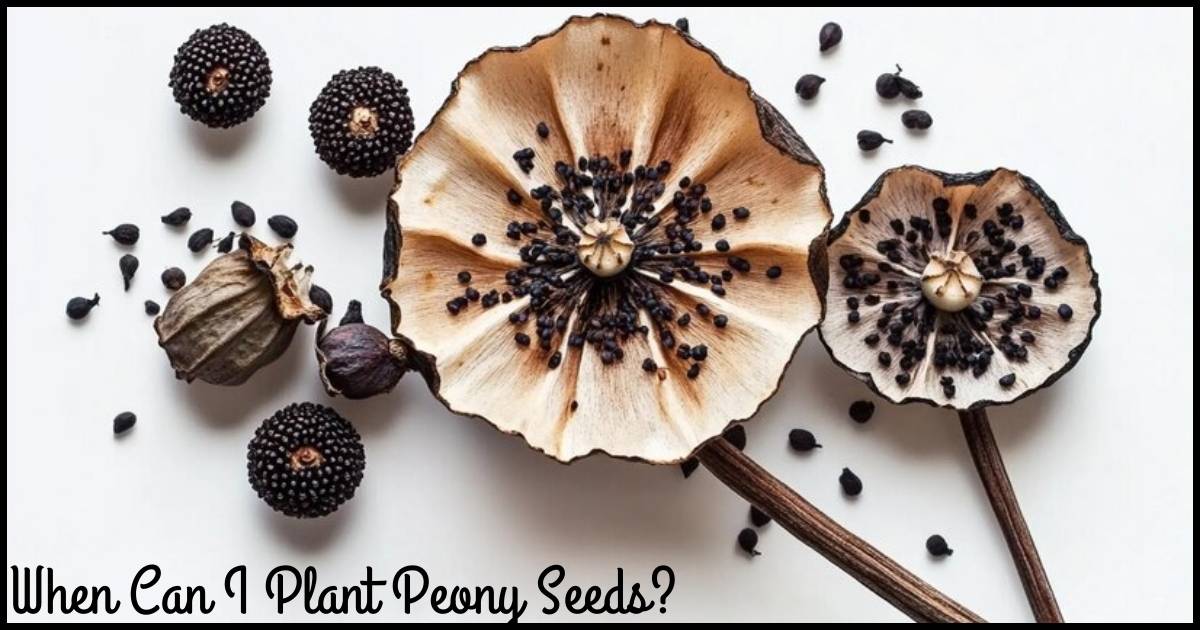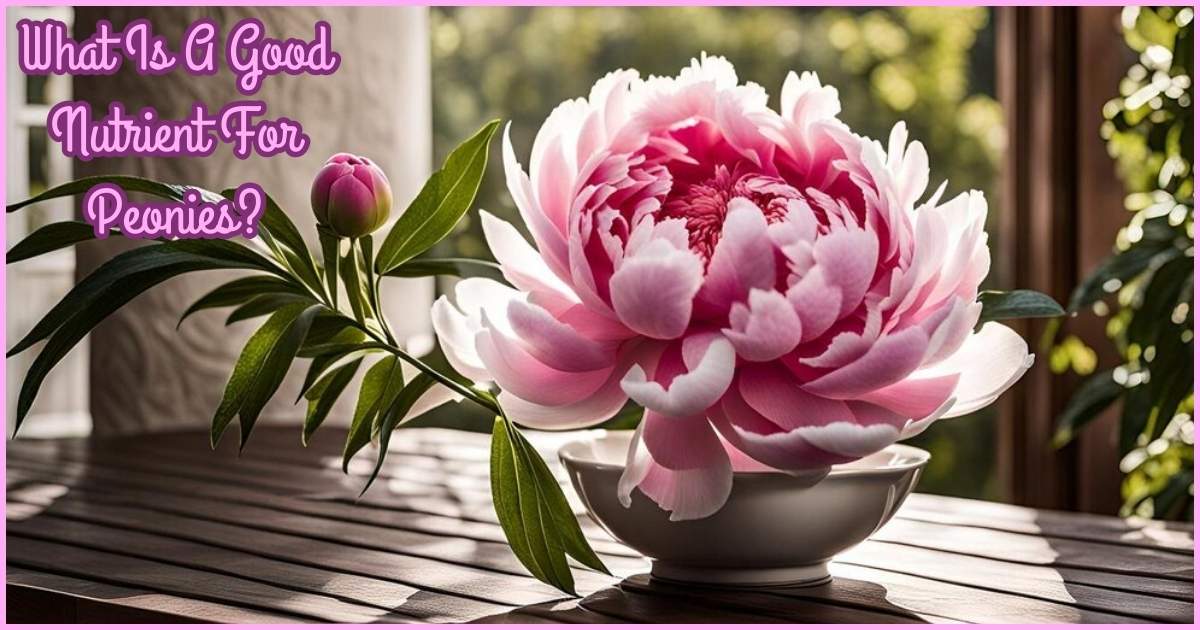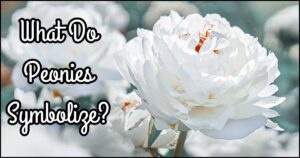Peonies are so popular worldwide due to the beauty and heady scent of its flowers. For all plants within this genus, there’s a flowering time with very limited duration though certainly worthy of anticipation.
With peonies, as in most, this short flowering time window typically occurs over 7 to 10 days spring or into summer. The variety, however, really makes a difference if a gardener wishes for multiple months of these stunning peony flowers.
By planting at least two types, flowering may extend a full month up to even six if each type flowered before dying back.
In this tutorial, we will discuss types of peonies, the role of climate, tips to increase blooming time, and more. The next page will show you how you can make your peony garden sing along with knowledge of the blooming period.
Knowing when a Peony Blooms
The blooming time of peonies depends mainly on the kind of peony and on the climate. Herbaceous peonies usually flower in late spring, tree peonies a bit earlier, sometimes even earlier than herbaceous types, and Itoh, a hybrid, extend this period into mid-summer, which can allow the peony lover to appreciate blooms from early spring till mid-June.
Other factors affecting the bloom cycle include location, where cool springs in the northern U.S. will often have blooms slightly later than their cousins in the southern states.
Temperament and hours of sun through day also impact blooms, as peonies tend to bloom a little earlier in warmer climates and create optimal transitional beauty for spring gardens in varied climates.
Bloom Differences Between Peony Types
Every variety of peony follows a particular pattern for blooms. Herbaceous peonies generally bloom during the last weeks of May to the first week of June, whereas tree peonies tend to bloom slightly early, around April to May.
Itoh peonies offer an even later bloom, so there will be a complete blanket of flowers by mid-June. If you planted different varieties, then there is no question that your blooming time will spread out further and give a peony enthusiast weeks and weeks of flowering.
Peony Blooming: Additional Climate Considerations
Watering Considerations
The climate also determines the length of the bloom. Cooler climates, such as northern states, may prolong the blooming period because the peony develops slowly.
In warmer climates, like California and Florida, blooms are usually earlier, and in some cases, a shorter, more intense flowering period is experienced.
In cooler climates, the more gentle spring warmth allows the blossoms to open slowly in a more gradual bloom, which extends the time over which blooms are seen, sometimes for several days more.
When weather is uniformly warm, blooming might be very early but quite short because rapid petal drop sets in with increased heat.
Adjusting Care for Varying Climates
For gardeners living in warmer climates, peonies appreciate partial shade when the sun is strongest to prolong their blooming.
In colder climates, a sunny but wind-protected location on the south side of a wall will provide warmth and encourage the flower to bloom on time without exposing sensitive flowers to excessive sunlight.
Techniques to Extend the Bloom Period
The peonies can be maximized in blooming through planning and strategic planting. There are different varieties, and staggered bloom times will allow the peonies to bloom for six weeks.
Early-flowering tree peonies are mid-season herbaceous varieties, and late-blooming Itoh hybrids will allow the peonies to bloom for as long as six weeks.
If planted in a place where the sun comes out early in the morning and then is shaded in the afternoon, the blooms remain fresh for a longer period of time.
By strategically placing wind protection, it will also promote longer blooms. Placing these flowers near a south wall, the strength of wind and direct sun exposure would not be problems on their delicate blooms since those might cause browning of the petal or dropping sooner.
By having proper mulch around the base, this retains the moisture in the soil, which further supports the blooms in hotter days.
Companion Plants for Extended Bloom
Adding some plump irises or early summer perennials into the peony bed keeps things colorful even after the peonies have finished.
Companion plants provide partial shade as well, creating a microclimate that can retain moisture and protect peonies from the hardships of that blistering afternoon sun.
Read More>> 18 Spectacular Springs in Northwest Florida
Types of Peonies and Their Unique Bloom Cycles
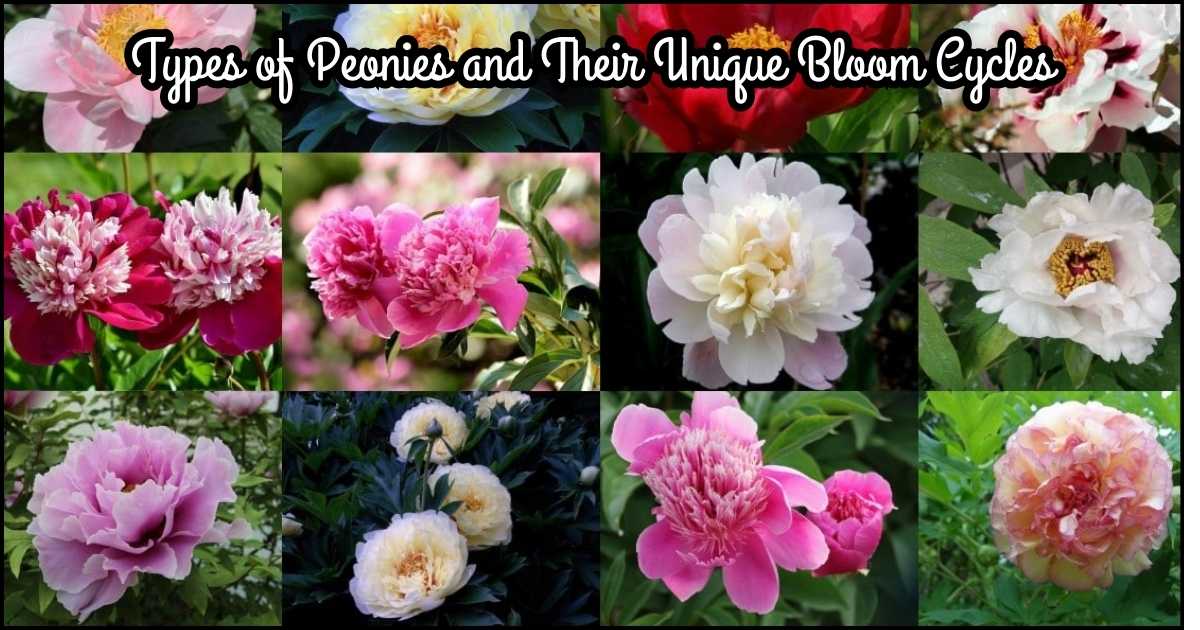
The herbaceous peonies, tree, and Itoh varieties are subdivided further into three major types that each have a different time to bloom.
With this classification, it has traditionally meant that the blooms from the herbaceous and Itoh hybrid occur in their respective traditional bloom times.
Tree peonies usually bloom ahead of time of both, therefore giving a scope where one may bloom well in particular regions while others in others, giving more varieties better suited for various climates or even styles of gardening.
Flower first, by late spring, the herbaceous peonies, while the Itoh peony flowers much later, hence providing more time for view to gardeners.
It is among the types wherein tree peonies produce the first blooms, even surprising many gardeners in having abundant blossoms compared to the other flowers flowering during this time.
Characteristic of each type of Peony
Herbaceous peonies are perennials that die back every winter and return every spring with lush blooms.
Tree peonies, on the other hand, are woody shrubs that retain structure year-round, flowering in spring and offering a more extended seasonal presence.
Itoh hybrids combine features of both, with sturdier stems and a late-season bloom window that can last well into early summer.
Common Bloom Issues and Their Solutions
Despite their hardiness, peonies sometimes experience bloom problems. When peonies do not bloom, it is usually because they were planted too deep or because they did not receive enough sunlight or sufficient winter chill.
For example, peonies that are planted too deep will not produce blooms. Plant peonies with buds 1-2 inches below the soil surface.
Sunlight is also crucial, as peonies need full sun to display their brightest blooms. In partial shade, blooms are fewer and less vibrant.
Peonies also require cold winter temperatures to thrive; if your winters are mild, it’s time to plant in colder microclimates of the garden.
Improving Bloom Health through Proper Fertilization
Topdressed in early spring, this balanced fertilizer supports peony blooms. Be sure not too much nitrogen; this fertilizer may only contribute to rich, flowering foliage at the cost of flowers.
Plus, you must mulch for blossom health, so your flowers don’t fade or perish quickly. Soiling prevents moisture loss with consistent cooling, and their soil nutrition gets a continuous but gentle dose.
Conclusion
To sum up, peonies are just one of the delights to find in the garden; blooming periods vary with types and climate.
While flowers in this group may only last a week for each plant, careful choice of variety and climate change can create a show over a period of weeks – from early spring to the middle of June.
With a little planning, it is possible to enjoy peonies’ elegance based on careful placement, choices of variety, and clever care. Peonies are a reward for their waiting, bringing unmatched fragrance and joy to gardens in this world.
FAQ’s
How many days to blooms?
Normally 7-10 days blooms happen during the lifespan of peonies. However, some type has the ability of extended lifespan that can grow into blooming for months.
Why Won’t My Peonies Bloom?
Most common reasons given include these: they planted too deeply, don’t receive full sun, and don’t get enough chill over the winter to go to bloom.
How Long Can You Make Peonies Last?
Partial Shade, Moisture, Mix varieties = Longer Blooms.
Does the Peony bloom again after blooming?
Most peonies bloom once every season, but Itoh varieties can produce another flush under ideal conditions.

